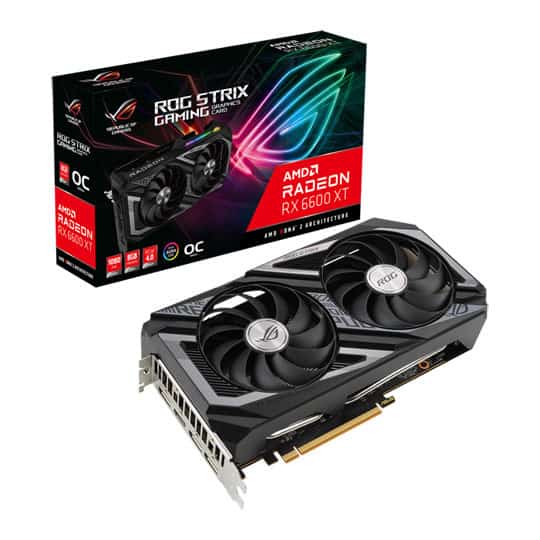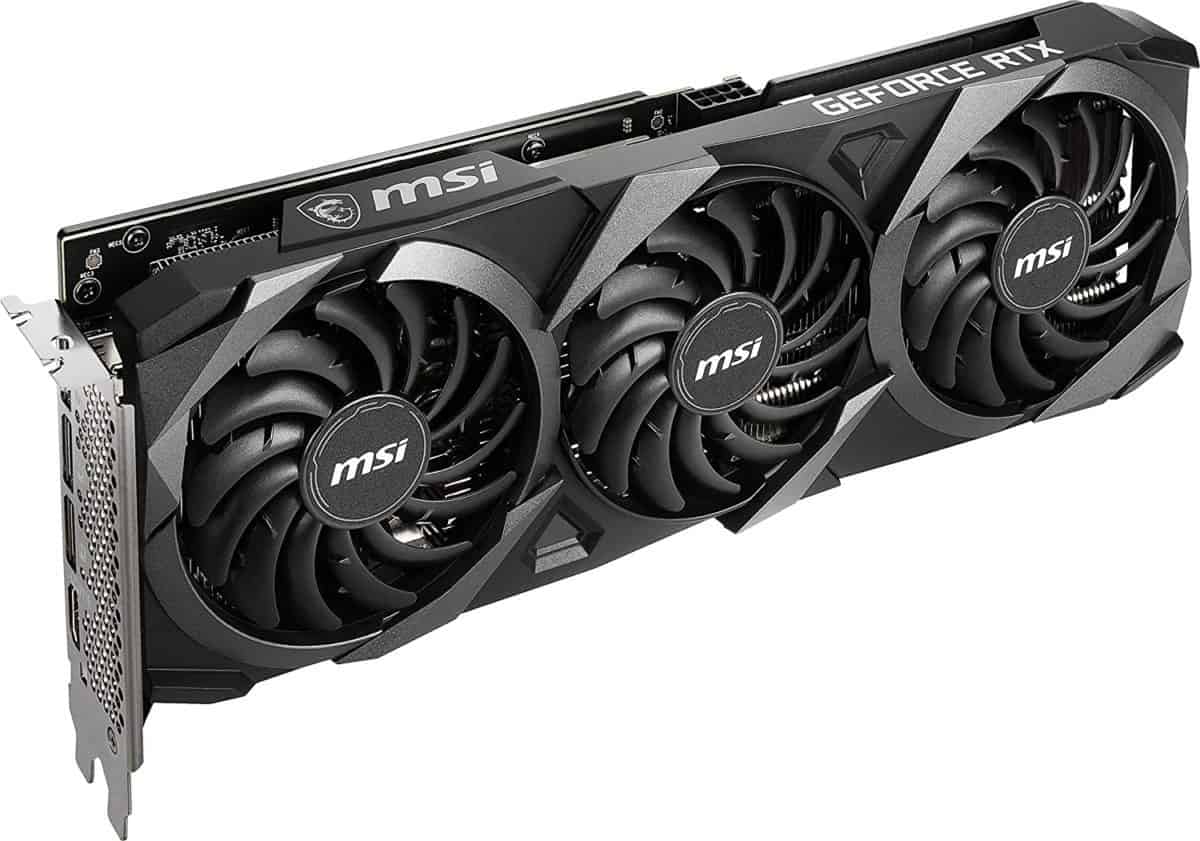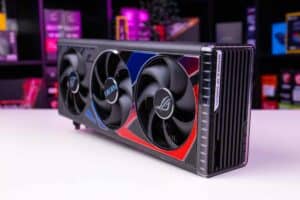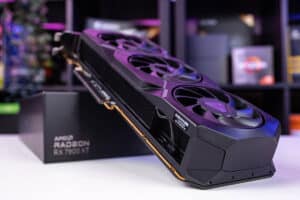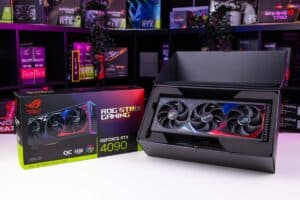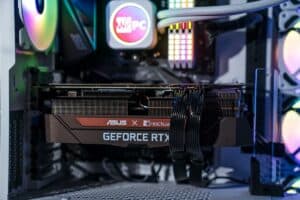What is the Xbox Series X GPU equivalent? Like-for-like performance for PC gaming
The Xbox Series X is powerful, but which GPU is equivalent to it?
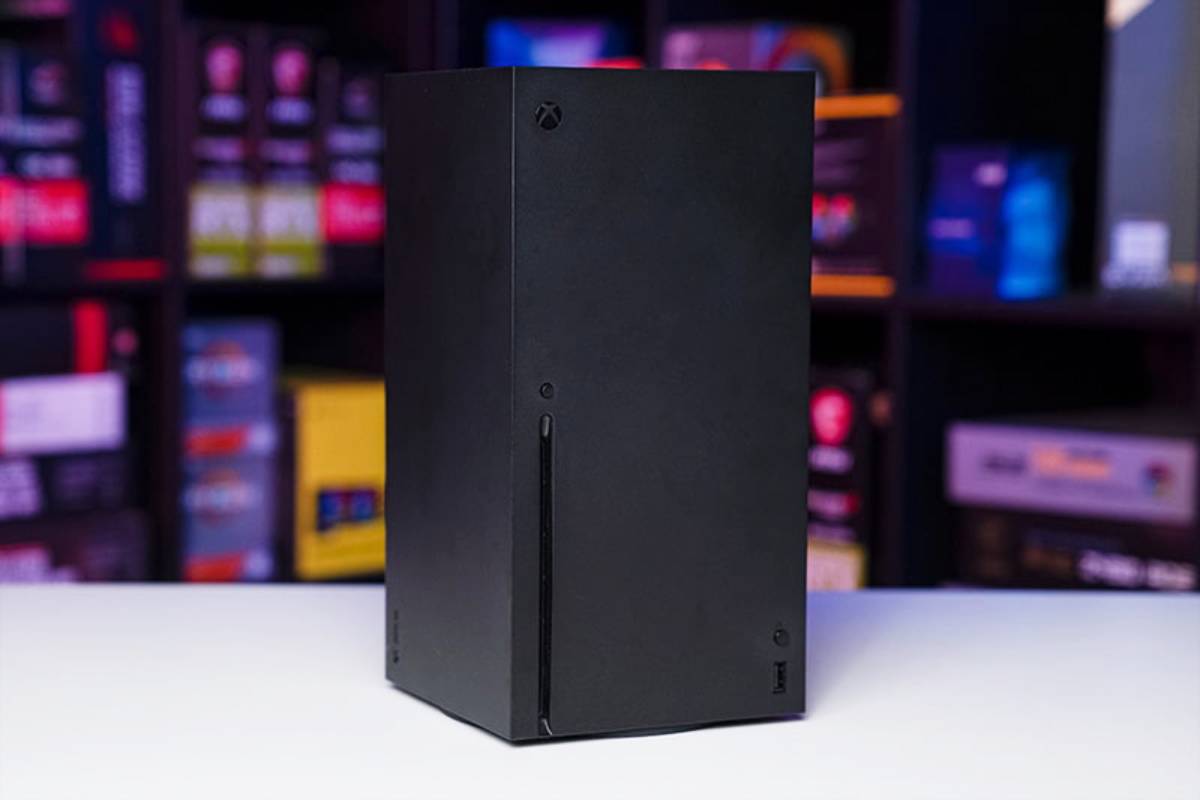
WePC is reader-supported. When you buy through links on our site, we may earn an affiliate commission. Prices subject to change. Learn more
The Xbox Series X has been out for some time now, and despite most fans satisfied with the gaming experience it provides, we still get asked what GPU is equivalent to Microsoft’s latest console. In fact, it seems that there’s a growing community of console gamers that want to branch out into the PC gaming space, all looking for an Xbox Series X-esq experience . Whatever the reason, console gamers are looking to build themselves an Xbox equivalent gaming PC – and that all starts with the GPU.
If you’ve been wondering what the Xbox Series X GPU equivalent is, or just want to know what GPU is used in the Microsoft’s next-gen console, then we’re going to give you all the info you need. Although the Series X GPU might not be a direct comparison to a dedicated GPU (as they work in different ways), we can give you the performance equivalent for your gaming PC.
Xbox Series X GPU equivalent: In a nutshell
- Roughly speaking, the best like-for-like GPU to the Xbox Series X is the RX 6600 XT or RTX 2070 Super
- There is no direct standalone GPU equivalent as the XSX uses a proprietary card
- Gaming performance varies between console and PC as the console games are optimized specifically for the hardware used in the XSX
- Performance varies depending on the game, meaning more demanding titles will require a more powerful graphics card
- TFLOPs aren’t a direct indicator of gaming performance
What GPU is in the Xbox Series X
The Xbox Series X’s graphics processing unit (GPU) is one of the main reasons why the console performs to such a high standard. As a result of the AMD hardware on board, the console is capable of supporting 4K resolutions and steady frame rates. It is the most potent console GPU ever made and is capable of a peak performance of 12 TFLOPS. Additionally, the GPU has 52 compute units, which is a huge improvement over the Xbox One X’s 40 compute units.
A specially created GPU based on AMD’s Zen 2 and RDNA 2 architectures was included in the Xbox Series X when it was introduced in November 2020. Thanks to this implementation, the Xbox Series X graphics card supports ray tracing – a graphical technology that wasn’t previously available in the Xbox One or Xbox One X.
Alongside this, the Xbox Series X also includes an 8-core AMD Zen 2 CPU (that runs at clock speeds of up to 3.8GHz) and a next-generation SSD.
Xbox Series X GPU: specs
| Feature | Xbox Series X GPU |
|---|---|
| Architecture | Custom RDNA 2-based GPU |
| Shaders | 3,328 |
| Compute units | 52 |
| Procesing Power | 12.155 Teraflops |
| GPU Clock speed | 1,825MHz |
TFLOPS don’t equate to gaming performance
Contrary to popular belief, TFLOPs aren’t a direct indicator of gaming performance. In fact, TFLOPs refer to the performance of shaders and computes alone, with geometry, rasterization, textures, and ray tracing not affected by them.
What is the Xbox Series X GPU equivalent
Before we get into the relevant GPU equivalents, it’s worth mentioning that the Xbox Series X features a proprietary GPU that doesn’t have a direct standalone comparison. Microsoft utilize a GPU with 56 Compute Units (4 of which have been disabled) in their Xbox Series X that is very capable of running modern games in 4K resolution. With that said, the cards we’re about to recommend as “equivalents” offer up a like-for-like framerate gaming experience.
The AMD RDNA 2 GPU found in the Xbox Series X is equivalent to an NVIDIA RTX 2070 Super, which is roughly equivalent to the RX 6600 XT or RTX 3060 Ti. In fact, in our in-depth reviews of all three cards, we noticed that the RTX 2070 Super, RX 6600 XT, and RTX 3060 Ti all provided a similar gaming experience across a variety of games. Each had the relevant performance required to play a plethora of games in 4K – similar to that of the Xbox Series X.
In general, the Xbox Series X is a strong gaming system that can provide an immersive gaming experience over a variety of resolutions (4K inclusive). If you want a console that can offer you 4K gaming and entertainment, the Xbox Series X is ideal choice for most gamers.
AMD Radeon Ray Tracing acceleration
A new version of AMD’s Radeon Rays tracing acceleration technology is built into the GPU, enabling supported games to have real-time, realistic lighting and shadows.
What GPU beats the Xbox Series X?
The Xbox Series X is almost 4 years old now, with the market now flooded with a plethora of standalone GPUs that comfortably beat the XSX in overall gaming performance. In fact, any NVIDIA’s 30 series or 40 series GPU past the “60 Ti” model will beat the Xbox Series X in gaming. That includes the RTX 4070, 4070 Ti, 4080, and 4090 (obviously). As for Team Radeon, the same can be said when looking for any GPU past the “700” models, including the 6700 XT, 6800 XT, 6900 XT, and so on.
We’ve tested a tonne of GPUs here at WePC and any of the above mentioned cards has the ability to outperform the Xbox Series X – comfortably. But what if you’re looking for a slight improvement over the XSX without breaking the bank? Well, your best bet from NVIDIA is the RTX 3070 TI – which currently retails for around the region of $450 at the time of writing this. This card performed to a high level in our in-depth review, offering up over 60 frames per second in a series of games at 4K resolution.
As for AMD’s offering, the RX 7700 XT is a fine choice for any gamer looking to push games in 4K to a level that exceed the Xbox Series X. In fact, when we reviewed the AMD Sapphire PULSE RX 7700 XT, we saw 4K gaming performance bounce between 60-100 FPS on average – with some anomalies in games like Cyberpunk 2077 and Doom Eternal.
A tonne of tests have been performed to understand the performance of the Xbox Series X vs a standalone GPU. During this article, we compiled much of that information – alongside our own tests – to draw our conclusions. Below is a list of relevant source materials:
What graphics card is in the Xbox Series X?
The Xbox Series X has a Scarlett GPU. This is an RDNA 2-based GPU that is based on TSMC’s 7nm process. It has a die size of 360mm² with 15.3 billion transistors. It comes equipped with 10GB of GDDR6 VRAM format, which is across a 320-bit bus, clocked at 14 Gbps which gives it a bandwidth of 560 GB/s. It also has a base clock speed of 1.825 GHz and a TDP of 200W.
How does the Xbox Series X compare to the Xbox One X?
On average, the XSX offers up a significant performance uplift the brand’s Xbox One X – providing gamers with better overall gameplay, higher refresh rates, increased resolutions, and better loading times.
Does the Xbox Series X offer Ray Tracing?
The proprietary GPU found in the XSX does offer hardware support for ray tracing – meaning the console does have the ability to run games with RT enabled. This allows the console to produce more realistic light behavior that mimic real world scenarios and images.
Final word
Microsoft has obviously spent plenty of time optimizing its console for gaming performance. Benefitting from locked-down graphics settings and optimization of an integrated ecosystem finding the GPU equivalent is a bit harder than you might expect. But there are plenty of options to look towards for a great FPS on PC.
Ultimately, while the closest XSX performance match is the RTX 2070 Super, we’d highly recommend either the RX 6600 XT or RTX 3060 Ti as viable options if you’re building a PC with similar performance.

